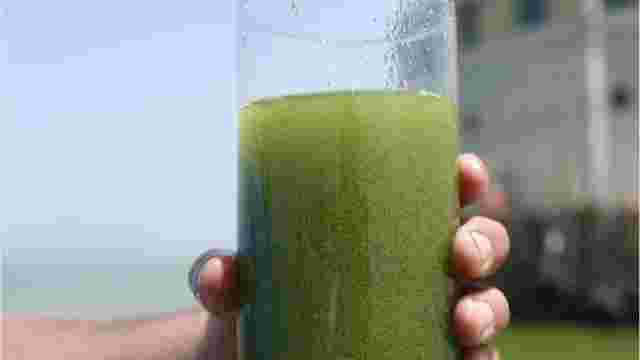Farm runoff provides fertilizer that turbo-charges algae growth in the western Lake Erie basin. Wochit (Photo: Brenda Culler, Ohio Department of Natural Resources.)
Miles of green, mucky and potentially toxic algae blooms on western Lake Erie — and the oxygen-deprived dead zones in the Great Lake that come with them — have led Ohio to spend more than $3 billion to combat them since 2011. Michigan has chipped in millions of dollars of its own, seeking to dramatically cut a major source of fuel for the algae blooms: fertilizers that run off farmers’ fields into tributaries and on to the Great Lake.
But those efforts aren’t working, a new study by the Ohio Environmental Protection Agency finds. At least not yet. The agency examined annual nutrient loads in the watersheds feeding the lake, from 2013 to 2017. The results "show no clear trend of an overall decrease" in most watersheds — and even worse in watersheds most associated with agricultural activity. On the Maumee River, 88% of the phosphorus it carries to Lake Erie comes not from single sites such as a wastewater treatment plant or a factory, but the hundreds of farms that line its 137 miles from […]
Full article: Plan to protect Lake Erie from algae blooms isn’t working, study shows


